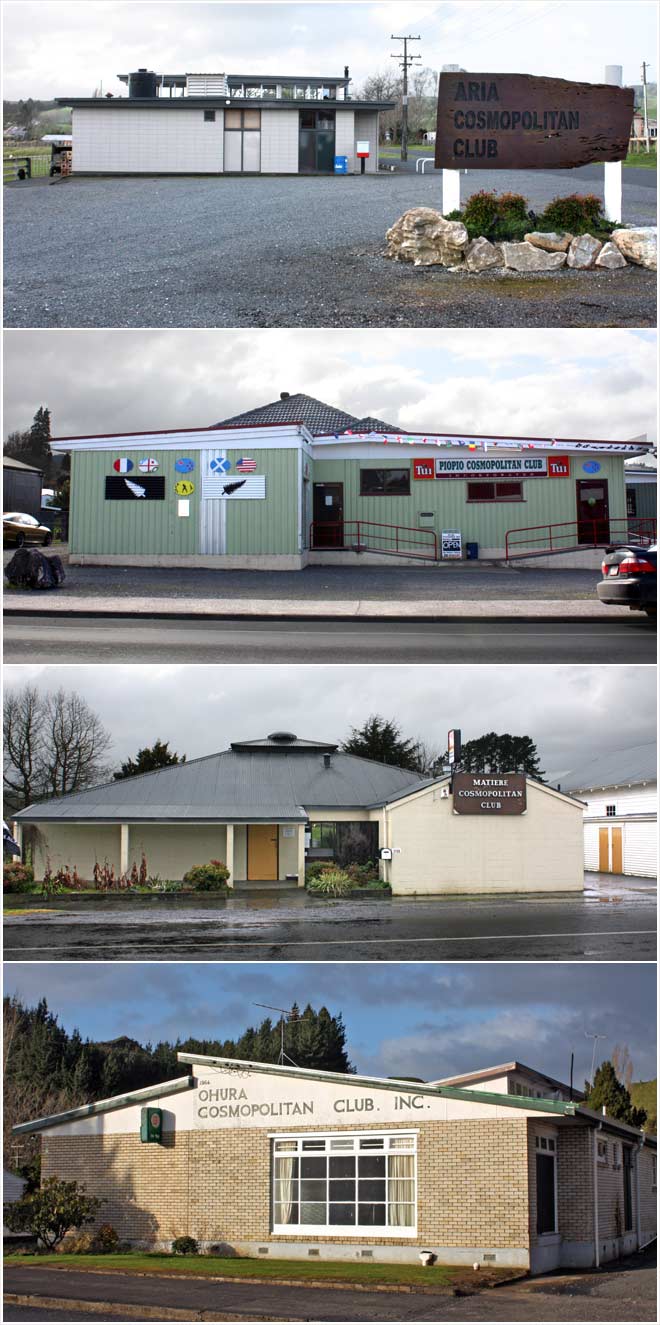
In 1884 the King Country became a 'dry area'. This meant that liquor could not be legally sold in the region, though it was certainly still consumed, whether supplied by illegal sly-groggers or purchased outside the region. The instigation of the dry area was a somewhat rare instance of the government acceding to the wishes of a Māori tribe, in this case Ngāti Maniapoto, and has been referred to as a 'solemn pact' between the two parties.
Dissatisfaction with the restrictive law grew as the regional population increased. By 1930 local councils and citizens were lobbying the government for change. At the same time, chartered clubs – places where members could socialise and drink – began to open in the region. They sold liquor to members, which was strictly illegal, though police in some areas turned a blind eye as long as club-goers behaved and alcohol was not sold at all hours. The clubs could obtain liquor licences from 1948 – which prompted the opening of more clubs – and prohibition in the King Country was lifted altogether in 1954. The chartered clubs pictured above were still open in the early 2000s.
Using this item
Te Ara - The Encyclopedia of New Zealand
Photographs by Janine Faulknor

This item is licensed under a Creative Commons Attribution-NonCommercial 3.0 New Zealand Licence







Add new comment